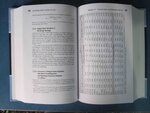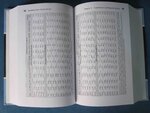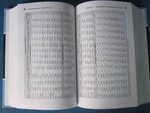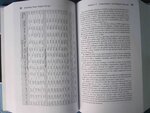muhammadali_16
Full Member level 3

can anyone tell me how to make auxiliary supply in case of input of 220VAC......
im going to make a charger of high current. kindly tell me how i manage to use aux supply with minimum loss
Thanks
im going to make a charger of high current. kindly tell me how i manage to use aux supply with minimum loss
Thanks









